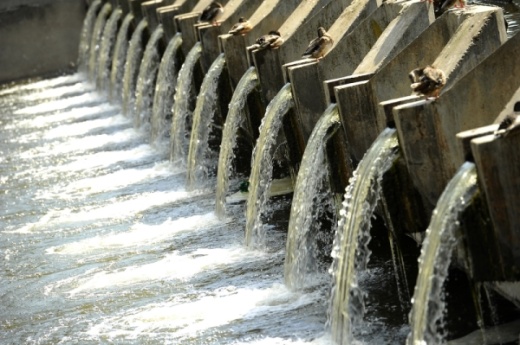The water, wastewater and waste management services provider will begin the process March 2-30, according to a January press release. The routine change is necessary to maintain year-round water quality, per the release.
The NTMWD serves 13 North Texas cities, including McKinney, Plano, Richardson and Frisco.
“This common system maintenance practice does not increase the amount of chlorine, and the water remains safe to drink,” NTMWD Water System Manager Zeke Campbell said in the release.
Water disinfection keeps drinking water free of parasites and viruses, according to the NTMWD website. The process begins with treating the water at the treatment plant, and then chloramine disinfection—a combination of chlorine and ammonia—is added to maintain water quality as the water makes its way through pipes and into homes and businesses.
The March process specifically involves suspending the addition of ammonia and using free chlorine to keep water disinfected during pipe travel. The U.S. Environmental Protection Agency claims the process is common practice by many water providers using chloramines for disinfection, according to the Texas Commission on Environmental Quality website.
The NTMWD has conducted the temporary change for over a decade, according to the release. There is no change in this year’s process from last year’s, NTMWD Public Relations Specialist Kathleen Vaught said in an email to Community Impact Newspaper.
“NTMWD also recommends that customers review the water quality information posted on their city or utility websites,” she said in the email.
Daily tests will continue by the NTMWD to ensure water safety, per the release. Chlorine levels will be consistent from the rest of the year but may become more noticeable, per a NTMWD official during a presentation to McKinney City Council on Feb. 18.
Staff is expected to complete 300 chlorine residual tests and 120 bacteriological tests during the March period, according to the presentation.
To make the chlorine less noticeable, the NTMWD recommends the following:
For drinking water:
- Run the tap water for a few minutes before using.
- Refrigerate water in an open pitcher for several hours.
- Add a slice of citrus or cucumber and let it sit for several hours.
- Install filters on kitchen faucets.
- Add a crushed 1,000 mg Vitamin C tablet to bath water.
- Install filters on bathroom faucets or shower heads.





